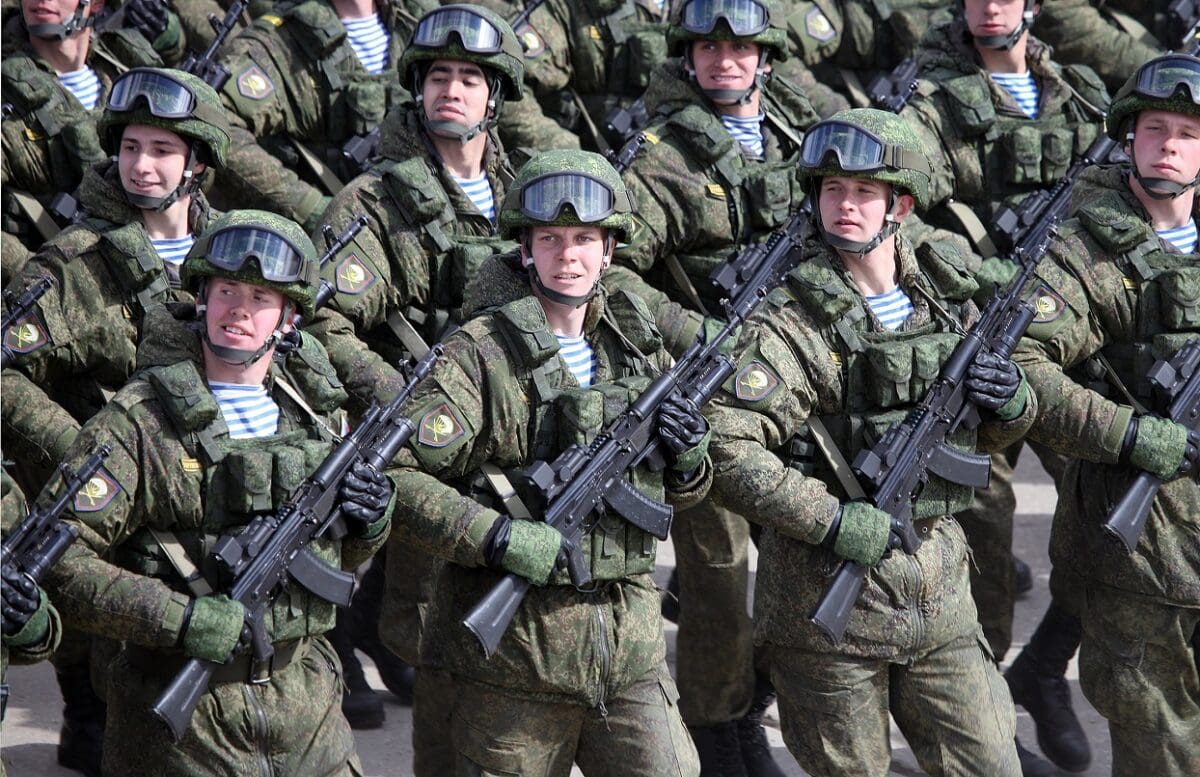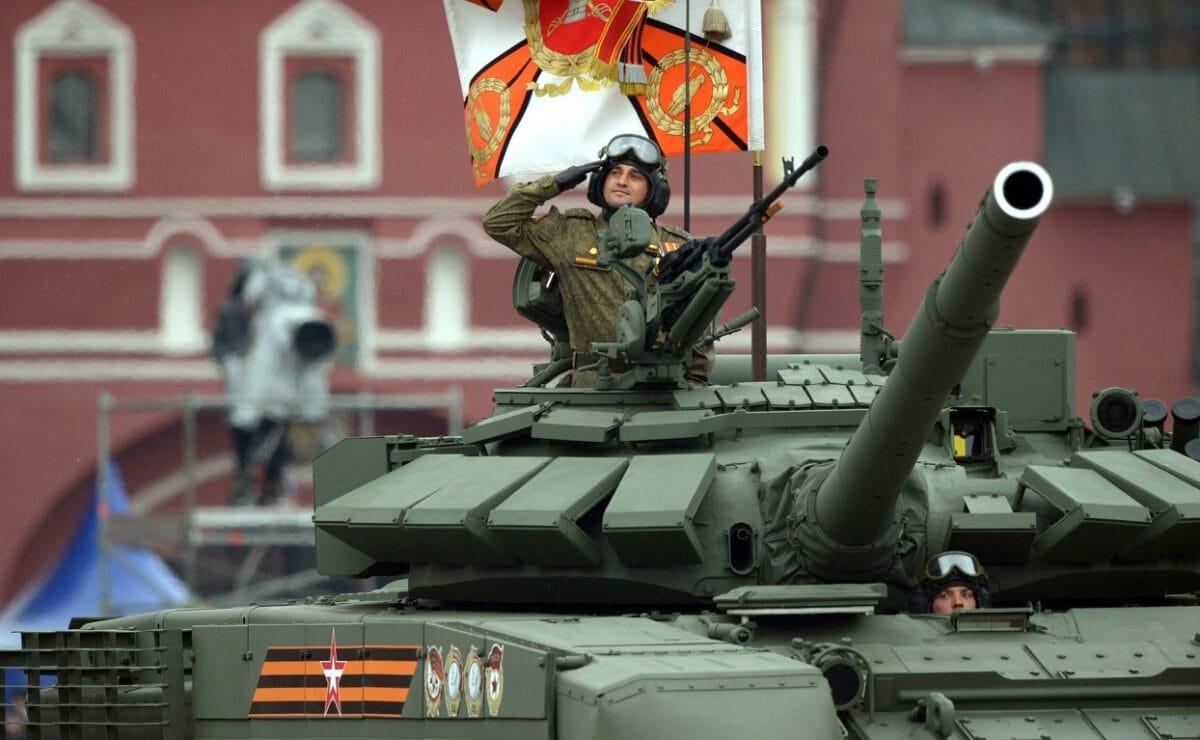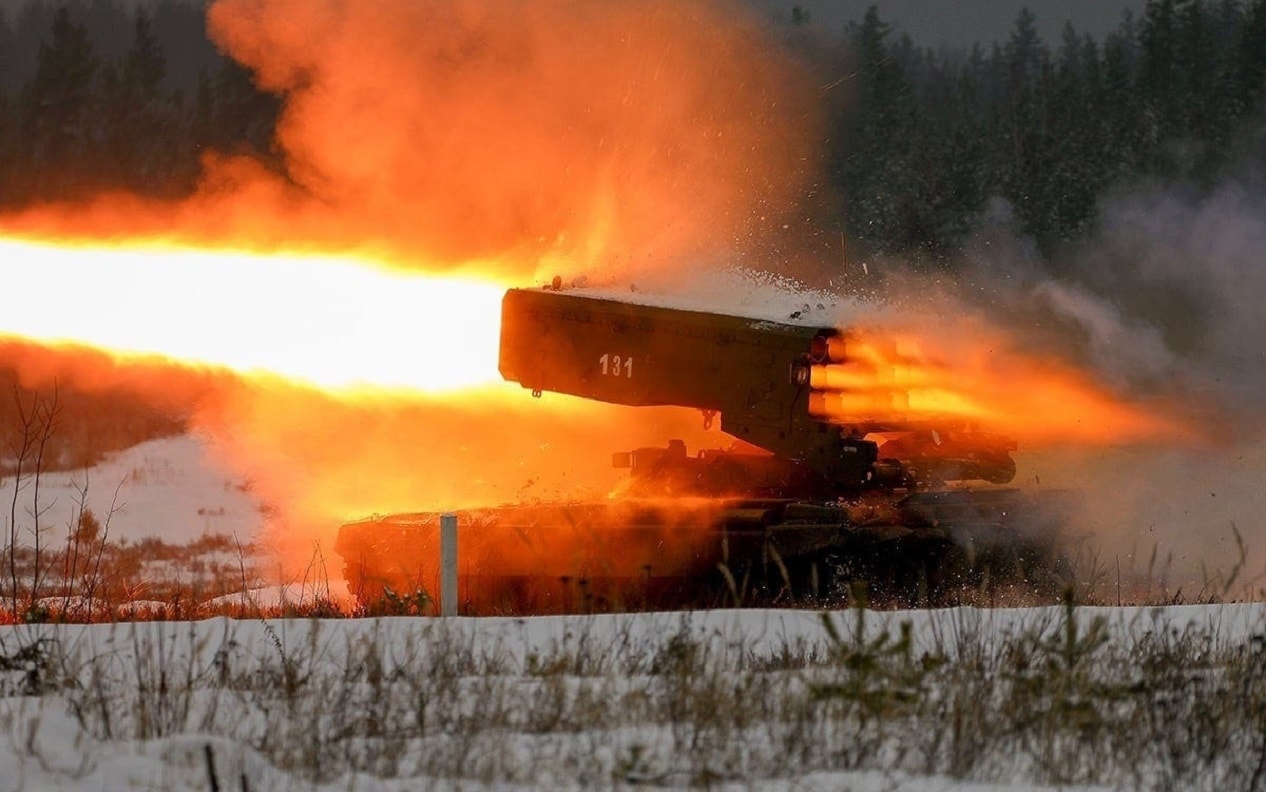In case you missed it, strategic competition is the new moniker that replaced terms such as the global war on terror and great power competition in the United States and Department of Defense (DoD) guidance.
Strategic competition is identified in the 2018 National Defense Strategy, Office of Secretary of Defense and interagency reports and by the Air Force Chief of Staff stating how “the United States is engaged in long-term strategic competitions with the People’s Republic of China (PRC) and the Russian Federation (RF) … and must take immediate action to compete more effectively with these two actors.”
President Joe Biden’s March 2021 Interim National Security Strategic Guidance states how the administration’s agenda will “allow us to prevail in strategic competition with China or any other nation.” To win or “prevail in strategic competition,” does one need to understand what strategic competition entails? This may be more difficult than it first appears, as Cornell Overfield identified in his recent article, “although it is not a new term, no one knows what “strategic competition” is meant to be.”
A key distinction between competition and conflict is the term “armed” and its use to identify a line between peace and war. As identified in Joint Doctrine, this complies with the United States’ understanding of “the Constitution, domestic law, and international law all use the peace/war distinction as a means to regulate the act of employing violence on behalf of the state” and the world has seen how Russia attempts to stay in the competition zone and will “employ a mixture of instruments of national power to achieve significant strategic advantages in a manner calculated not to trigger our legal or institutional thresholds for armed conflict.” A fundamental difference in willingness to utilize force appears to be emerging between pre-2014 and post-2014 Russian strategy and the world needs to understand these changing dynamics. To be successful in the area between competition and conflict (armed), General Brown identifies how “we need to understand the competition’s ambitions and understand how they may conduct future warfare.”
Russia has been paying attention and studying the U.S. way of war for quite some time and their Center for Military-Strategic Research noted they have paid “special attention to the study and generalization of foreign and domestic experience of modern military conflicts.” Russian President Vladamir Putin appointed General Gerasimov Chief of the General Staff in 2012, and almost immediately Gerasimov began the discussion on how to transform the Russian Federation military with his 2013 presentation to the Akademii Voyennykh Nauk (AVN — Academy of Military Science) and subsequent article “The Value of Science in Foresight.” It should be noted these discussions happened prior to the Russian occupation of Crimea.
Russia utilized various instruments of national power in the past; however, the “Russian military is seeing war as … more than military conflict … war is now conducted by a roughly 4:1 ratio of nonmilitary and military measures” and “while the West considers these nonmilitary measures as ways of avoiding war, Russia considers these measures as war.” To put it another way, the actions Russia took in Estonia and Georgia were “Gray area” operations to the West; however, to Russia, they were conducting non-military warfare. What changed after 2013?
Building upon lessons learned, Russia identified the need for better multi-departmental force involvement and in 2014, President Putin gave Gerasimov and the General Staff their marching orders to create “a set of interrelated military planning documents for the entire military organization of the state…to carry out comprehensive nationwide measures of strategic containment.”
As part of his annual ritual, General Gerasimov gave the presentation “Contemporary Warfare and Current Issues for the Defense of the Country” at the 2017 AVN conference and followed up with the abridged article entitled Mir na Granyakh Voyny (World on the Brink of War). He discussed western “Hybrid warfare…traditional and non-traditional actions of both military and non-military nature” and the “need to analyze the characteristic features and characteristics of modern armed conflicts.”
He briefly discussed hybrid warfare and the western connotation; however, he appeared to be more concerned with the “flip side of hybrid actions…when military or other open violent measures are not applied against a particular state, but its national security and sovereignty are threatened and may be violated.”
While some literature and studies observe the traditional understanding of war involving “armed” conflict, Gerasimov identified how others suggest “armed struggle” is not a pre-requisite for war and the world sees war being attributed more and more to definitions such “as information, economic, hybrid war, and many other options.” It is these new forms of “non-military warfare” which have “received unprecedented development and have acquired a dangerous, sometimes violent nature…and can cause a collapse in the energy, banking, economic, information, and other spheres of a state’s daily activities.”
“Strong Response” versus “Serious Consequences:” the world is at a precipice of war. On Tuesday, November 30th 2021, President Putin “warned NATO against deploying its troops and weapons to Ukraine, saying it represents a red line for Russia and would trigger a “strong response,” while U.S. Secretary of State Blinken repeated a warning saying “any renewed aggression can trigger serious consequences.”
From a Western lens, a second Russian invasion of Ukraine does not make sense; the costs would far outweigh the benefits. If Russia goes beyond Crimea and conducts an overt invasion of Ukraine, they would find themselves diplomatically isolated and could lose much of their national income as the world imposes sanctions on their oil and gas supplies. However, the view is very different when one looks at Ukraine from a Russian viewpoint and their desire to control Ukraine.
If one looks back to 2008, President Putin informed President Bush that “Ukraine is not a country” and more recently, former Presidential aide Vladislav Surkov echoed “There is no Ukraine…the only question is, is Ukraine already gone, or not just yet?” and his view of the past in which “forceful coercion for brotherly relations, this is the only method that has historically proven effective when it comes to Ukraine.”
As identified in a recent ODNI report, “we expect Moscow to insert itself into crises when Russian interests are at stake” and as Russian leaders have stated, their interests are at stake in Ukraine. It is not outside the realm of possible that Russia would implement the strategy of “active defense” in order to ensure “preemptive neutralization of threats to the state’s security.”

Russian Army. Image: Creative Commons.
Moscow has opened up their updated playbook and the world can see similarities that preceded Georgia and Crimea in which Russia used “cyberattack, a disinformation campaign, and an all-out effort to meddle in that country’s domestic politics” preparing the battlefield for armed military actions. Russia is currently bringing in allies to address potential “expansion of NATO military infrastructure in Ukraine… and Belarus said it had agreed to take action with Moscow to counter growing NATO activity.”
It has recently been reported the FSB “is engaging in destabilizing activities inside Ukraine” and a “presence of Spetsnaz special forces and GRU and SVR intelligence operatives near Ukraine’s borders.” These precursors, when coupled with the “more than 92,000 troops massed around Ukraine’s borders,” reflect the realistic potential of “an attack by the end of January or beginning of February.” The West has seen this before and failed to react; however, with the early identification of what Russia may be up to, the West just might be able to prevent the “next Crimea.”
It is encouraging to see diplomatic and senior-level discussions over the past weeks, including the NATO foreign ministers’ recent meeting in Riga, to address the massing of Russian troops on the Ukrainian border. The latest Biden-Putin meeting produced a list of proposals, released by the Russian foreign ministry, including requests for “legal guarantees, excluding any further NATO advance to the east” and to disavow the NATO Bucharest summit agreement that “Ukraine and Georgia will become NATO members.” The U.S. and NATO must review the Russian position and continue to engage on the most recent proposals to come to a resolution that does not end with the invasion of Ukraine.
Engagement will be unsuccessful if the U.S. and NATO continue to view Ukraine through a Western lens and continue to identify Russian activities in only U.S. terms of “competition” or “conflict” versus the Russian view of “confrontation.”

Image: Creative Commons.
In actuality, Ukraine is about much more than just Ukraine; it is about restoral of the former Soviet Union and Russia is messaging “active defense,” “preempt when threatened” and as Russian Foreign Minister Lavrov recently declared, “if Russia decides to pursue confrontation there will be serious consequences.”
So whether one calls it competition, conflict or confrontation; only time will tell, but ultimately Russia will be “sudyat po delam, a ne po slovam” судят по делам, а не по словам (judged by deeds, not words).
William Murphy serves as the Director, Military Continuing Education, and Research for the Small Business Consulting Corporation where he provides education and training and consults on leadership, and national security issues. He has lectured and served on faculty or as a senior mentor at National Defense University, Louisiana Tech University, and the Air Force Institute of Technology. He is currently pursuing his Doctorate in Defense and Strategic Studies at Missouri State University.
The thoughts, beliefs, and opinions expressed in this article belong solely to the author and do not represent nor reflect the sentiments of the United States Air Force, the Department of Defense, U.S. Government or Missouri State University.

